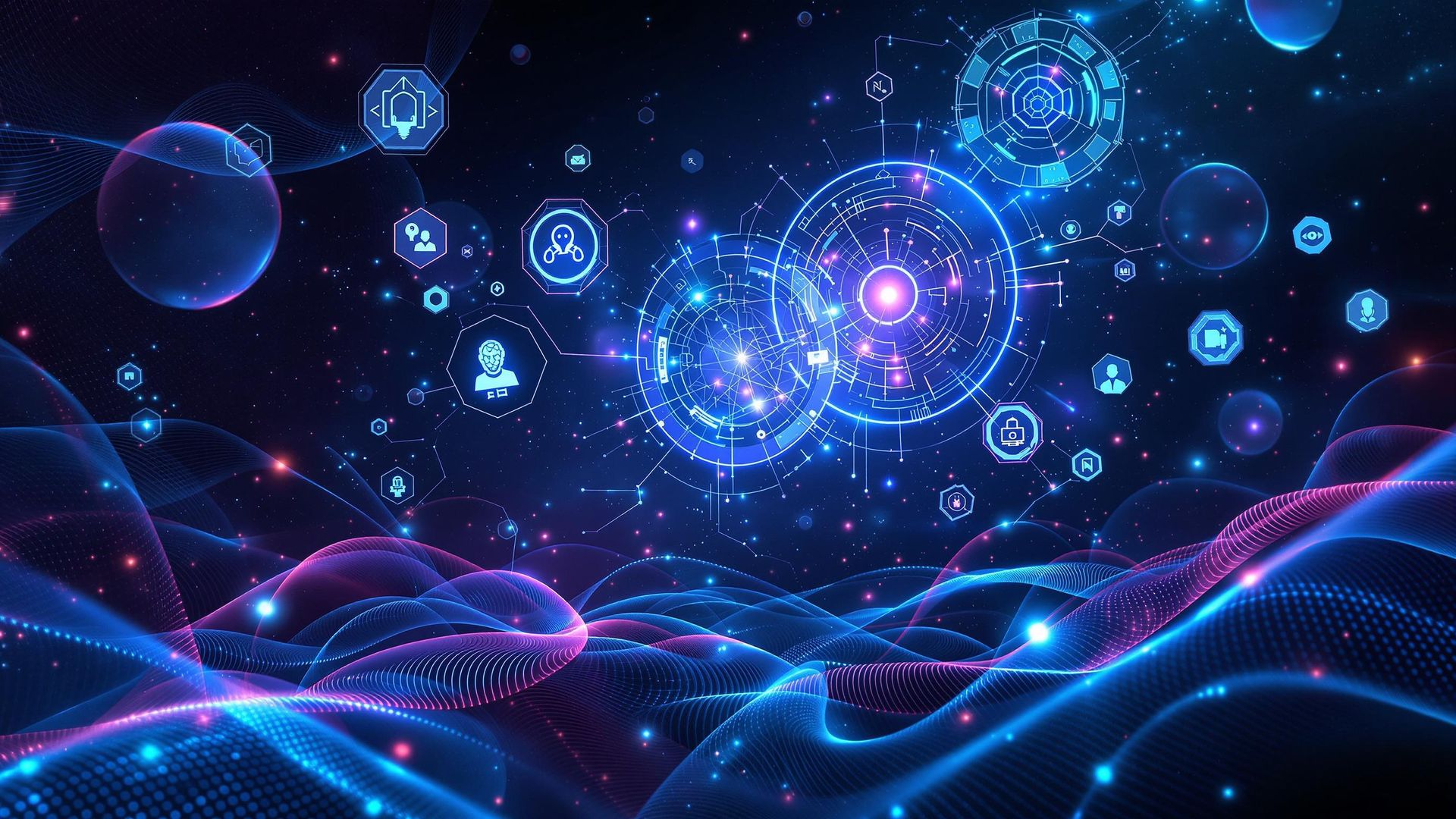
AI Agents: Advancing Automation, Collaboration, and Autonomous Decision-Making
Overview
AI systems based on software can penetrate the subtleties of their surroundings without needing human input. They'll send back human-like responses that could easily be mistaken for real.
This isn't a new innovation, but it's revolutionary for the AIs that are running primal software on human-led supercomputers. Most primal AIs are still far from having human-like smarts. They can answer some who/what/where questions but are bound to using poor plugins that do not comprehend language deeply.
1. Definitions and Categories
AI agents are computer programs that perform tasks in an intelligent manner. They perceive their environment through sensors and act on it through actuators. They operate in a context and interact with that context intelligently. Intelligence starts from them doing basic but fundamental tasks like perceptual tasks and acting tasks. When an AI agent understands the context it is working in and the nature of the interactions required, it smartly chooses what to do next. This layer of intelligence is what makes it an agent, not just a smart computer program.
- Applications designed to interact with their environments and accomplish particular objectives.
- Prefer learning algorithms to manual coding when accomplishing those objectives.
- There are several types of AI agents, but the most prevalent are:
▪ Virtual assistants (like Siri, Alexa, etc.)
‣ Agents of customer service
- AI agents in gaming (which manage non-player characters)
• Robotics agents (somewhat related to virtual assistants)
AI Agent Varieties
- Basic Reflex Agents: These obey basic "if-then" rules and lack memory.
- Reflex agents based on a model: These utilize a model inside of them to help them make decisions and work best when the environment is not overly complex.
- Agents Based on Goals: These are really good at making decisions and working with plans when the ends are well-defined.
- Agents Based on Utility: Their decision set is different from that of the human and can do a much better job of making trade-offs and weighing the pros and cons in a utility sense.
- Learning Agents: These can learn from experience and usually work better the more they're used.
- Hierarchical Agents: Capable of making decisions at several planning levels.
- Multi-Agent Systems: These consist of several agents collaborating to tackle a problem. Occasionally, these agents may be in competition with one another.
2. Current Roles and Capabilities Across Industries
- Virtual Assistants and Customer Service
Instruments like Amazon Alexa and Google Assistant use AI to effortlessly handle customer inquiries with remarkable professionalism. - Automation of industrial processes and robotics.
Increasing operational efficiency are autonomous systems in manufacturing and logistics, such as factory robots and driverless cars. - Medicine and Healthcare
In the healthcare sector, AI is being used for diagnosis, patient monitoring, and data handling, among other tasks. - Fiscal Affairs and Finance
In finance, AI helps in fraud detection, risk assessment, and real-time trading analysis. - Ideation and Content Production
Tools like Jasper AI assist in marketing by generating written and visual content. - Teaching Knowledge
AI in education delivers personalized instruction and adapts learning experiences in real time.
3. Key Breakthroughs and Emerging Trends
- Large Language Models (LLMs) and Generative AI
AI agents are getting better at understanding context and making complex decisions, thanks to advanced models like GPT-4. - Progression of Multi-Agent Systems (MAS)
Different frameworks enable different AI agents to collaborate more effectively, solving larger problems. - Integrated Memory with Outside Devices
Improvements in shared memory protocols have expanded the real-time capabilities of AI agents. - Improved Benchmarking
New assessment standards focus on long-term reliability, accuracy, and consistent performance.
4. Unsolved Problems and Challenges
- Clarity and Transparency
AI doesn't always provide clear reasoning, affecting trust and troubleshooting. - Decision-Making Mechanisms
Balancing decisions under high stakes is challenging, leading to occasional failures. - Reliability and Stability
Unpredictable performance in unexpected situations can damage trust in AI agents. - Bias and Ethical Concerns
Issues such as fairness, transparency, security, and data protection persist.
The need for improved coordination among multiple agents and more transparent decision-making methods are ongoing challenges.
5. Future Directions and Potential Improvements
- Advances in generative AI and LLMs to enhance AI capabilities.
- More integration of AI into business ecosystems promoting smoother operations.
- Interoperability and standard protocols to boost efficiency among different AI systems.
- Enhanced assessment methods for more reliable AI performance.
- Focus on creating ethical and responsible AI systems.
- Development of multi-agent ecosystems that collaborate like human teams.
Conclusion:
AI agents are taking many sectors by storm and steadily performing an increasing number of tasks. They promise to improve enterprise operations, streamline decision-making, and automate tasks, despite challenges in reliability and transparency.
Sources and Citations
• Articles and whitepapers from trade publications
• Official sites of Amazon Alexa, Google Assistant, and IBM Watson Health
• Research efforts by OpenAI, Anthropic, and academic reviews